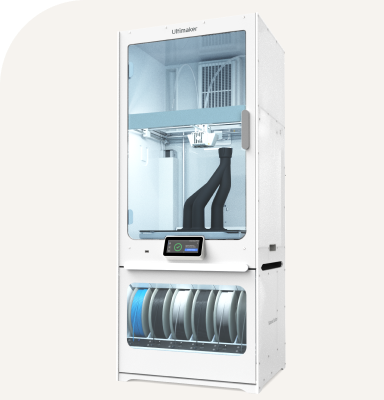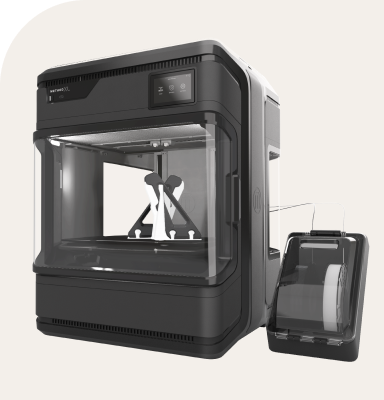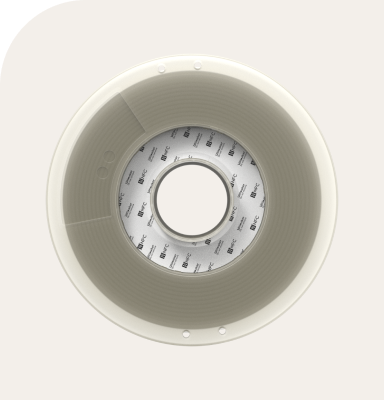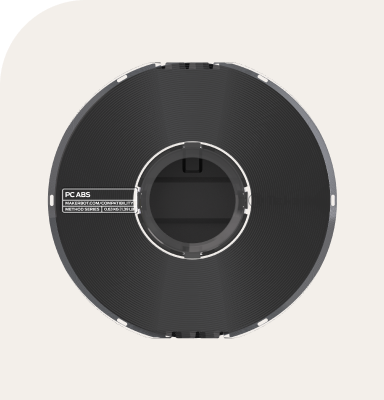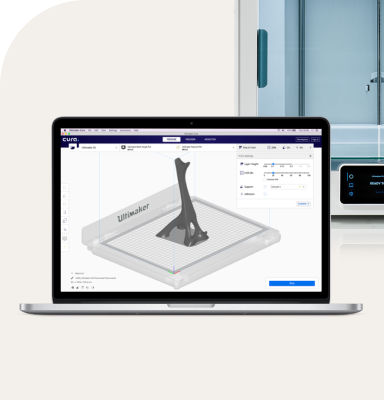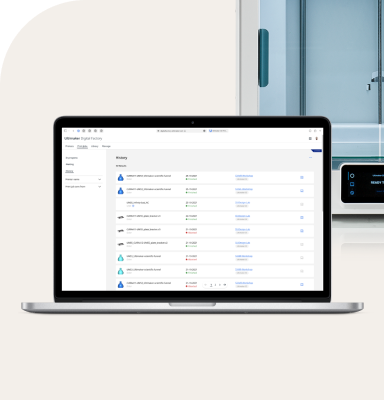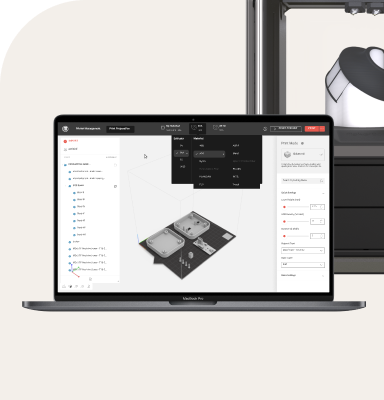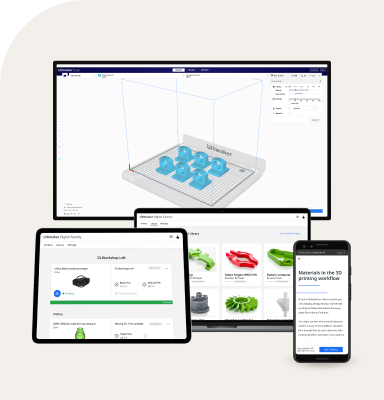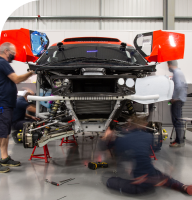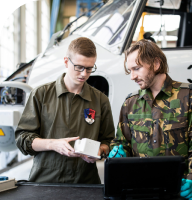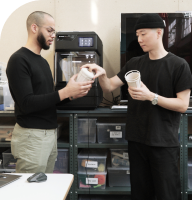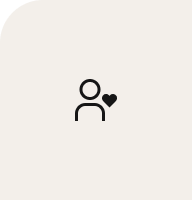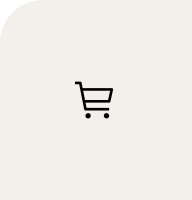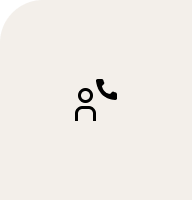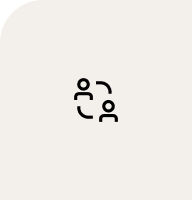Adding desktop 3D printing to your workflow can make a big difference. Concepts and prototypes can be printed in a matter of hours. Multiple iterations produced quickly and cheaply. And complex ideas conveyed through a physical model that team members and stakeholders can see and touch. So which industries have been the first to embrace this powerful technology?
Here's a look 5 ways 3D printing can transform your business by improving productivity, reducing turnaround times, and giving organizations a competitive edge.
Product development
It's vital to get your new product to market as quickly as possible. However, rushing the job can result in mistakes or not meeting customer expectations. A 3D printer lets you test iterations in a fast, cost-effective manner, adjust designs at almost no additional cost, and fine-tune your product in a matter of hours -- not weeks.
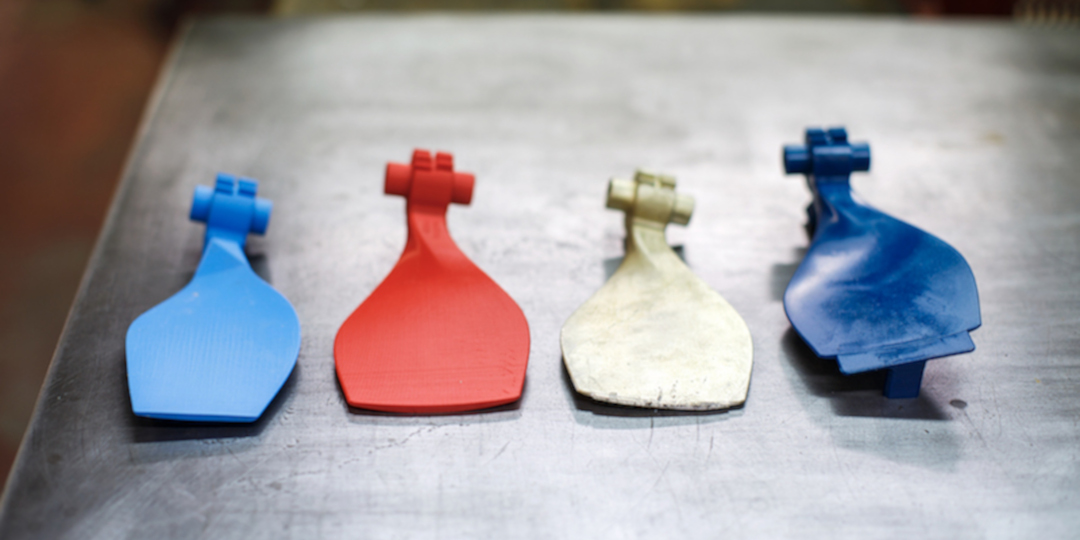
Design iterations of propellor parts
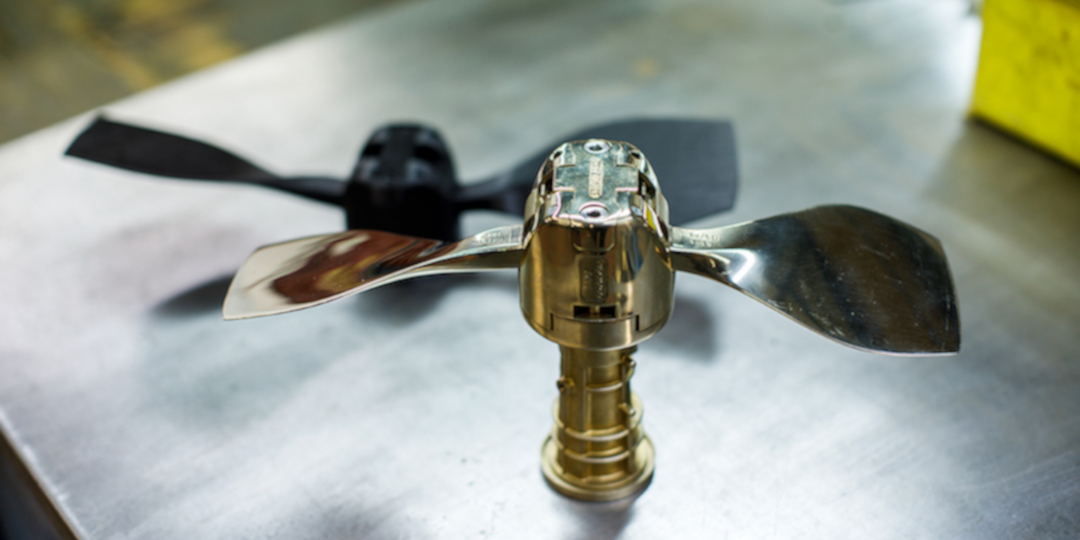
3D printed and metal cast prototypes
Benefits include:
- Better decision making: 3D print a range of concepts and select the best option during the early design stages
- Check shape and form: 3D printing a basic model makes it easy to assess the shaping, size and overall proportions
- Functional prototyping: Test your prototype in real conditions to check functionality, fit and manufacturability
- Check appearance: Visual appearance can be appraised easily by designers, manufacturers and stakeholders
Manufacturing aids
Production efficiency is vital in a business environment -- and time equals money. 3D printing makes it easy to produce jigs, fixtures, and other tooling in a short space of time. This results in less variation during assembly and fitting, faster machine setups, and a smoother production process.
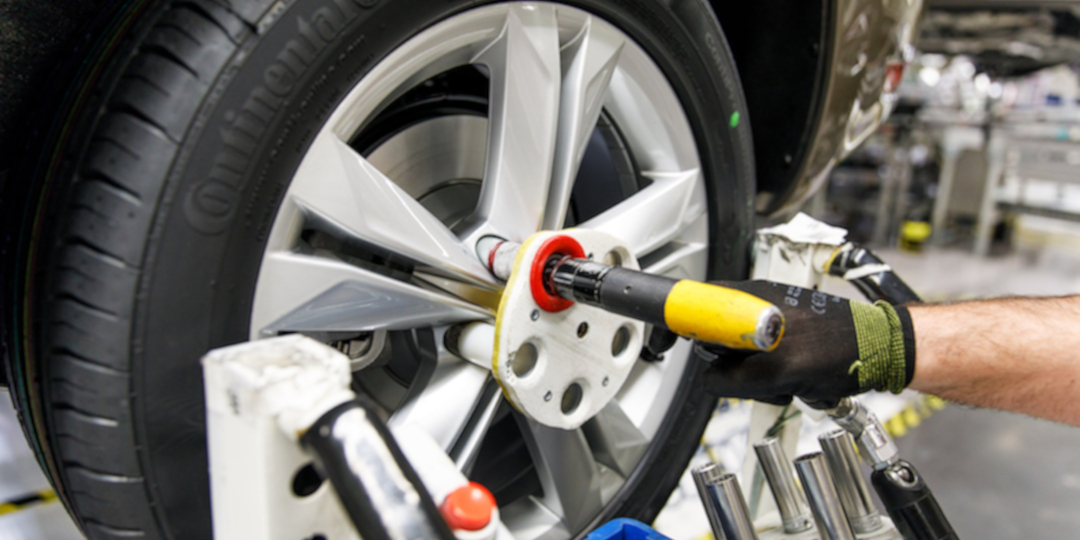
3D printed wheel protector at Volkswagen Autoeuropa plant
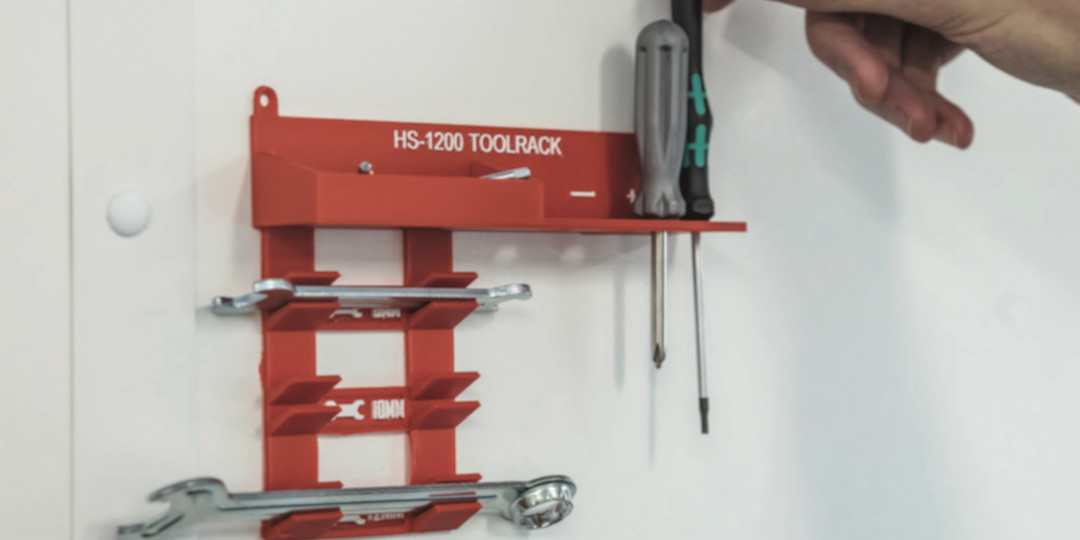
Print simple tool organizers to keep your workspace in order
3D printing your manufacturing aids ensures:
- Better quality assurance: Test the accuracy and quality of your manufactured parts with precise gauges
- Tools on demand: Whenever you need jigs, fixtures, or other tooling, you can 3D print them quickly, streamlining the production process
- Better tool organization: 3D printed organizers are low-cost and fast to make, and promote better organization in the workspace according to 5S principles
- Custom-made molds and patterns: It's easy to make low-run injection molds or lost PLA casting to integrate into your workflow
End-use parts
3D printing can also be used to produce low-volume, customized end-use parts. This offers greater flexibility, enabling businesses to run small batches of parts without the risks involved of manufacturing a larger batch. There's also scope for "printing on the spot" and creating products for the customer while they wait.
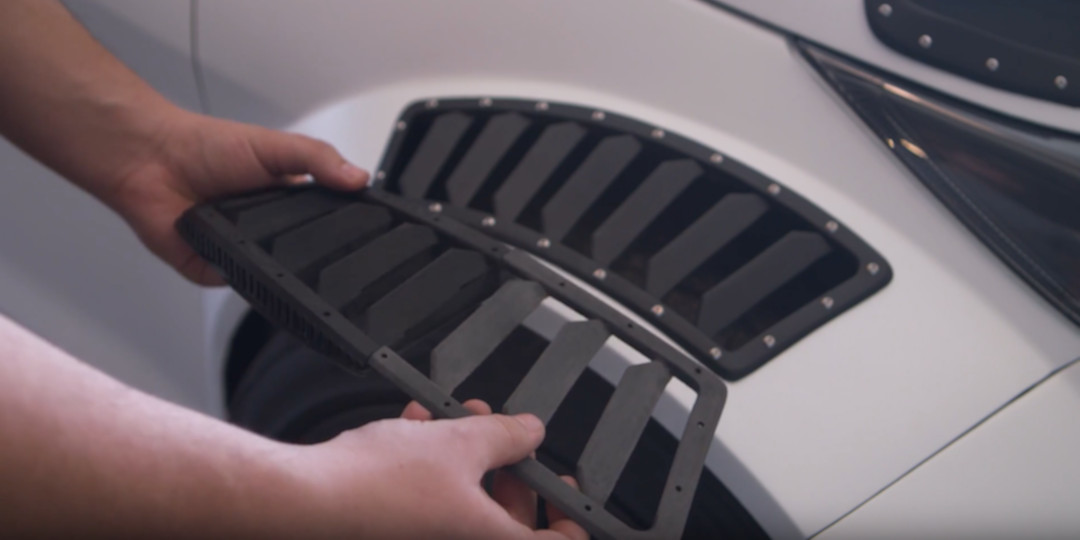
Create bespoke functional designs
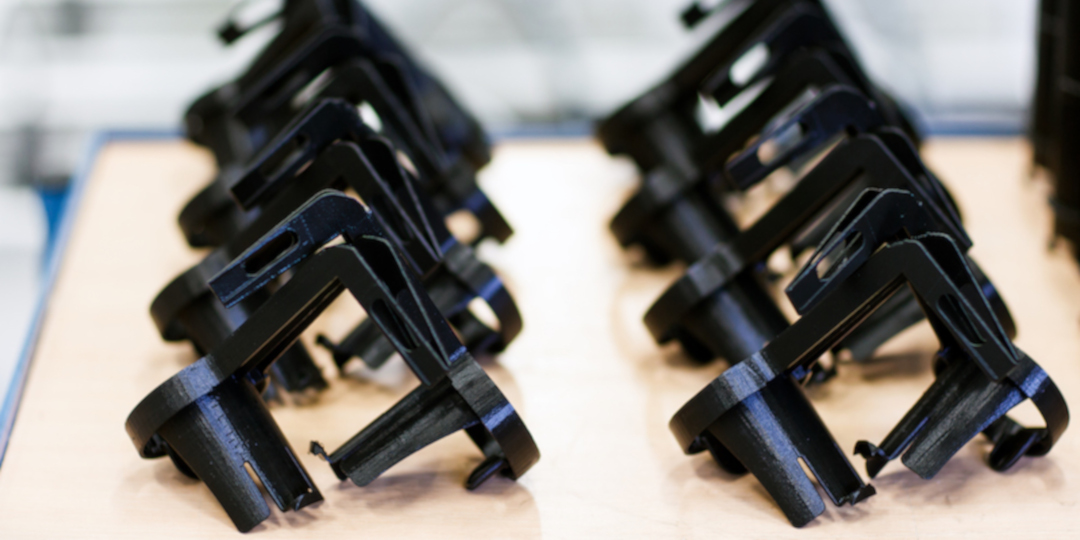
Or ramp up with small-batch production
Here are other ways that 3D printing end-use parts can improve your business:
- Create customized one-off parts: FFF manufacturing means you can create cost-effective bespoke printed parts for one-time projects
- Make replacement parts: With a desktop 3D printer in-house, it's simple to print replacement parts -- cutting out the supply chain and purchasing processes
- Run smaller batches: Small runs can be created cheaply and easily, without the risks associated with manufacturing in greater quantities
- Decentralized manufacturing: Take the product to the customer by printing end-use products where they are; providing immediate access to the product they require
Architecture
Conveying complex architectural concepts to clients can be a challenge. 3D printing means that early designs can be evaluated, complicated ideas communicated, and striking architectural concepts showcased with ease. Model-making times shrink from months to days, and even complex geometries can be printed, offering architects even greater creative scope.
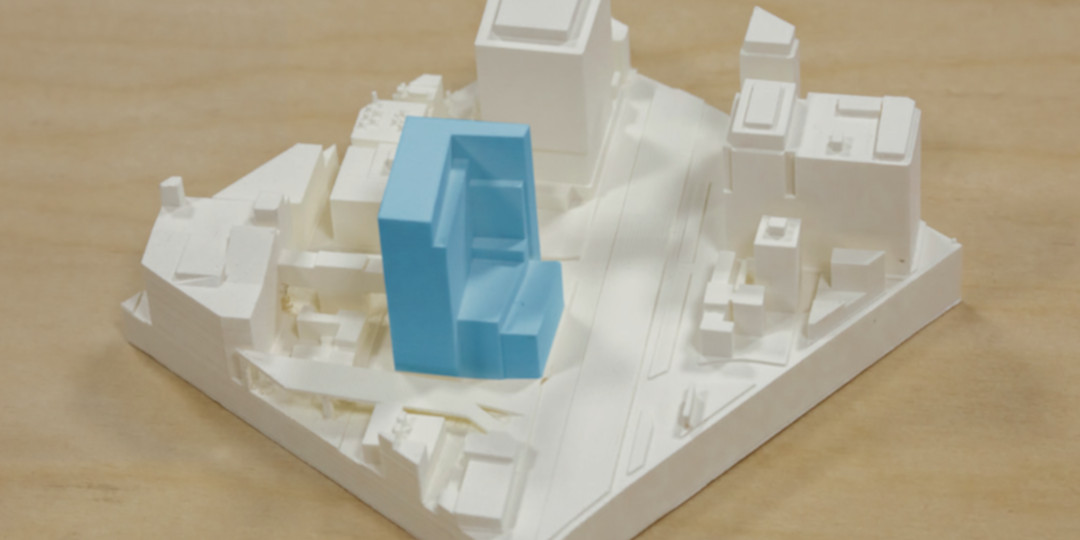
See designs within a 3D context
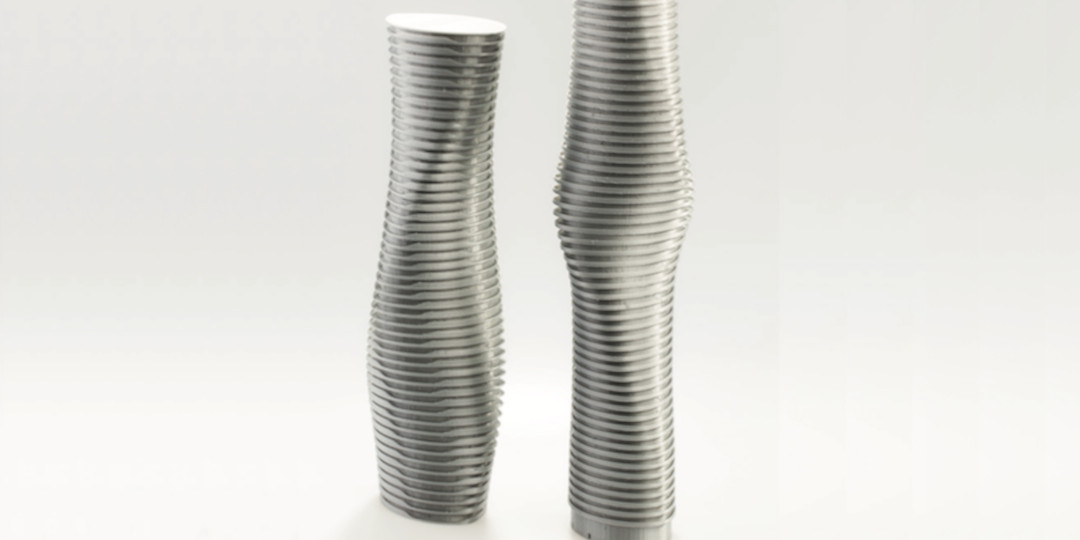
Or choose from multiple early-stage concepts
Other advantages include:
- Easy production of concept models: Rough models can be printed quickly to establish the project's direction in the early stages
- Massing studies: Architects can view a building in its context, then scale up the model with modular 3D printed parts
- Better presentations: 3D printed to-scale models result in a more impressive client presentation
- Master plan creation: 3D printing not only offers fine detail, but large volume for planning scale models
Medical
3D models mean that medical professionals can bring patient scans to life; identifying exactly what is required prior to performing a procedure. This results in less time under anesthetic for the patient, and reduced costs involved with the operation.
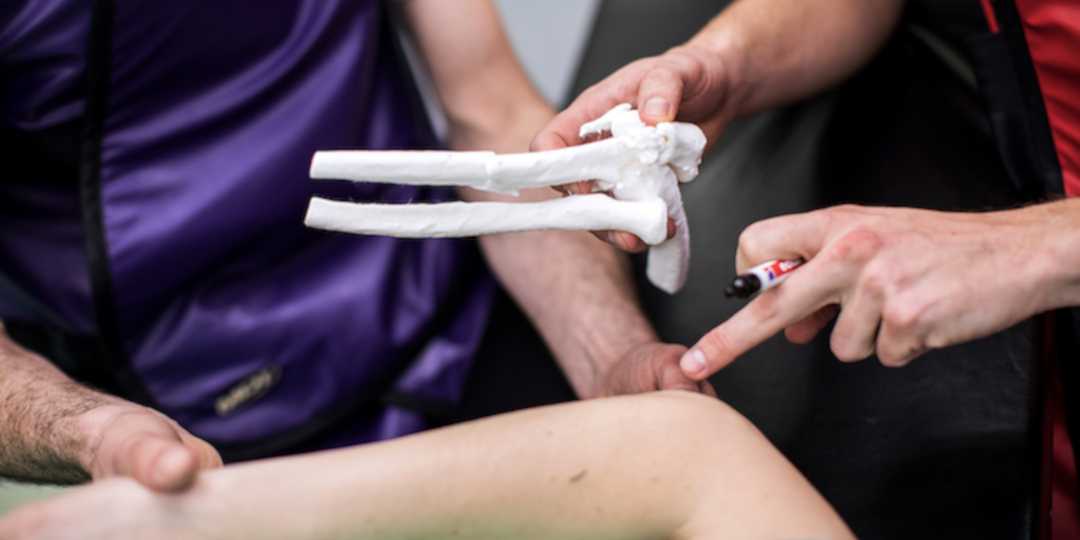
3D models from scan data help when planning surgery
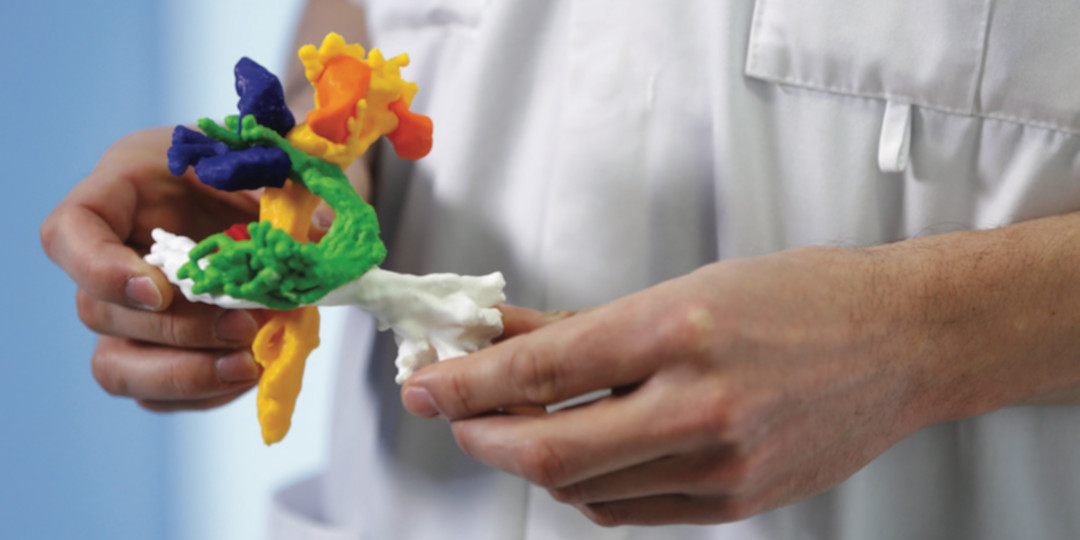
And communicate to patients and students
This personalized approach to healthcare also offers:
- Improved surgical planning: Surgeons are well prepared prior to surgery, which impacts overall results
- Better patient communication: A 3D model means that patients gain better understanding of the procedure -- providing them with something they can see and touch
- Medical instruments: Medical and research devices can be prototyped quickly and easily, and tools can be printed when required
- Effective clinical training: By 3D printing anatomical models, students gain better understanding of anatomy and surgical procedures
Want even more proven application examples? Check out the Applications section of our website for more detail on Automotive, Defense, Manufacturing, and Product development applications.
Disclaimer: UltiMaker 3D printers are designed and built for Fused Filament Fabrication with UltiMaker engineering thermoplastics within a commercial/business environment. The mixture of precision and speed makes the UltiMaker 3D printers the perfect machine for concept models, functional prototypes and the production of small series. Although we achieved a very high standard in the reproduction of 3D models with the usage of UltiMaker Cura, the user remains responsible to qualify and validate the application of the printed object for its intended use, especially critical for applications in strictly regulated areas like medical devices and aeronautics.


